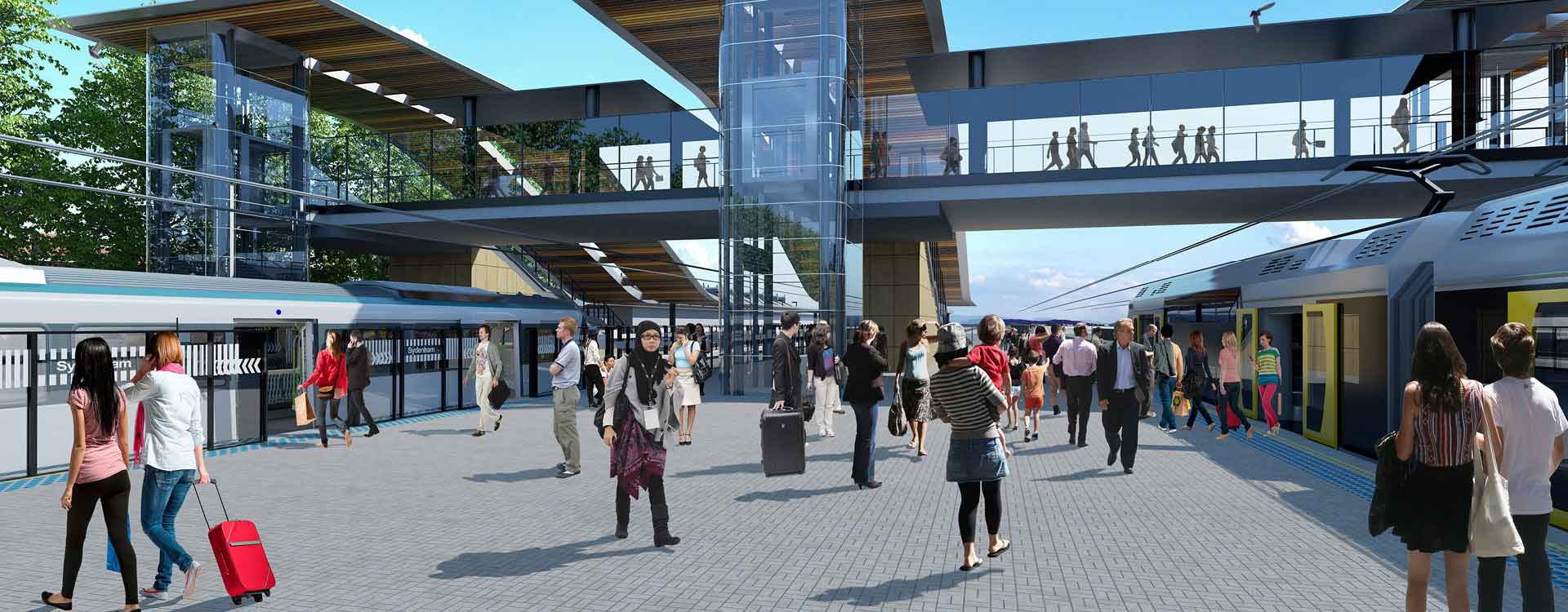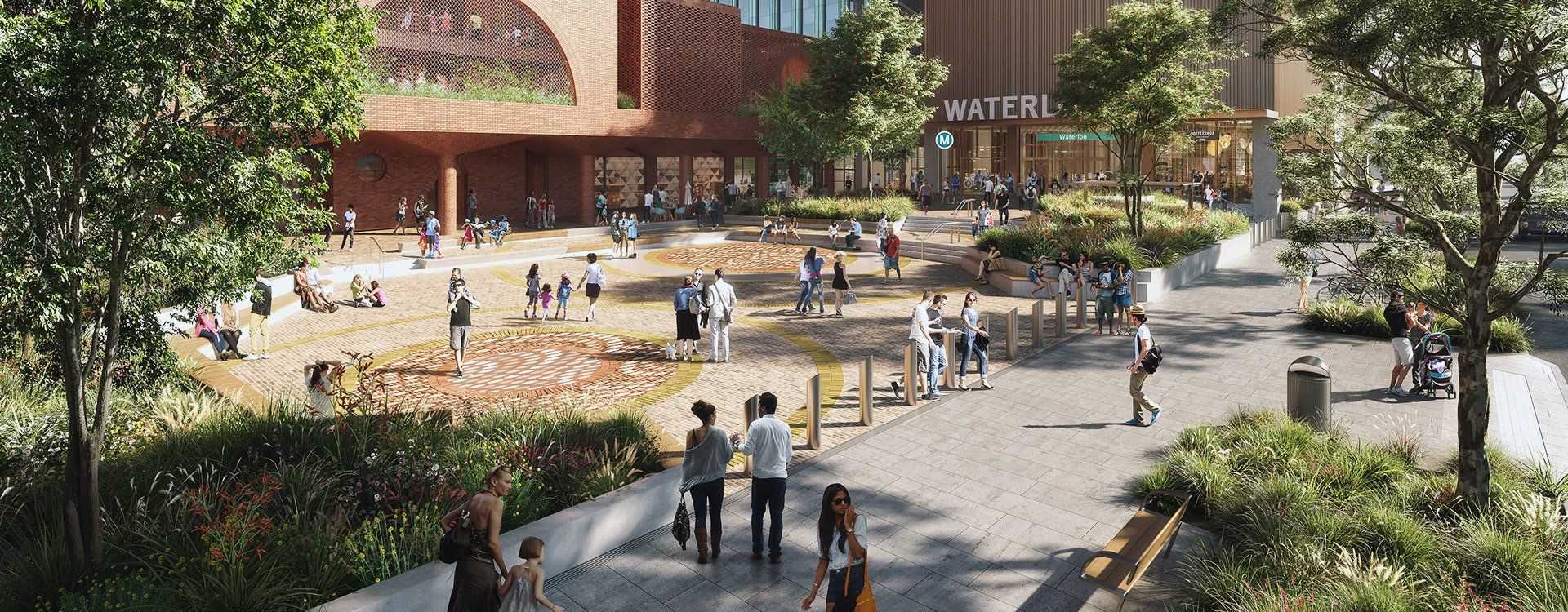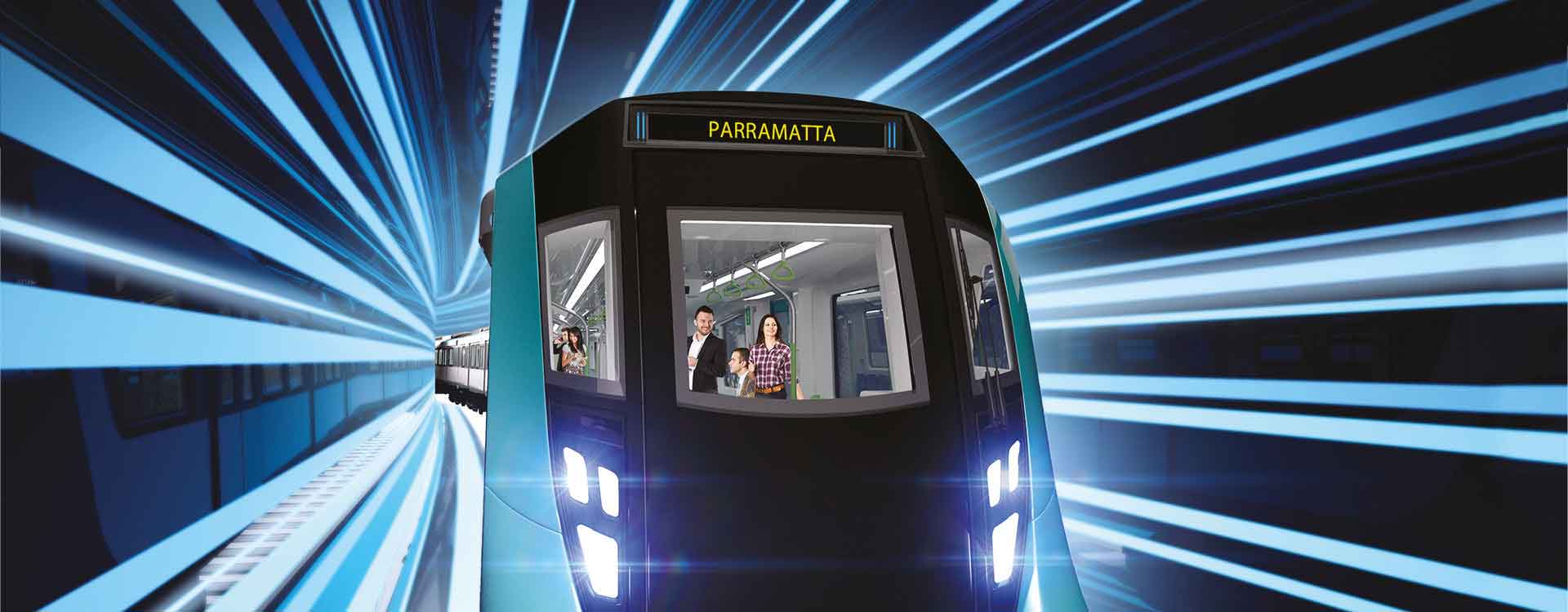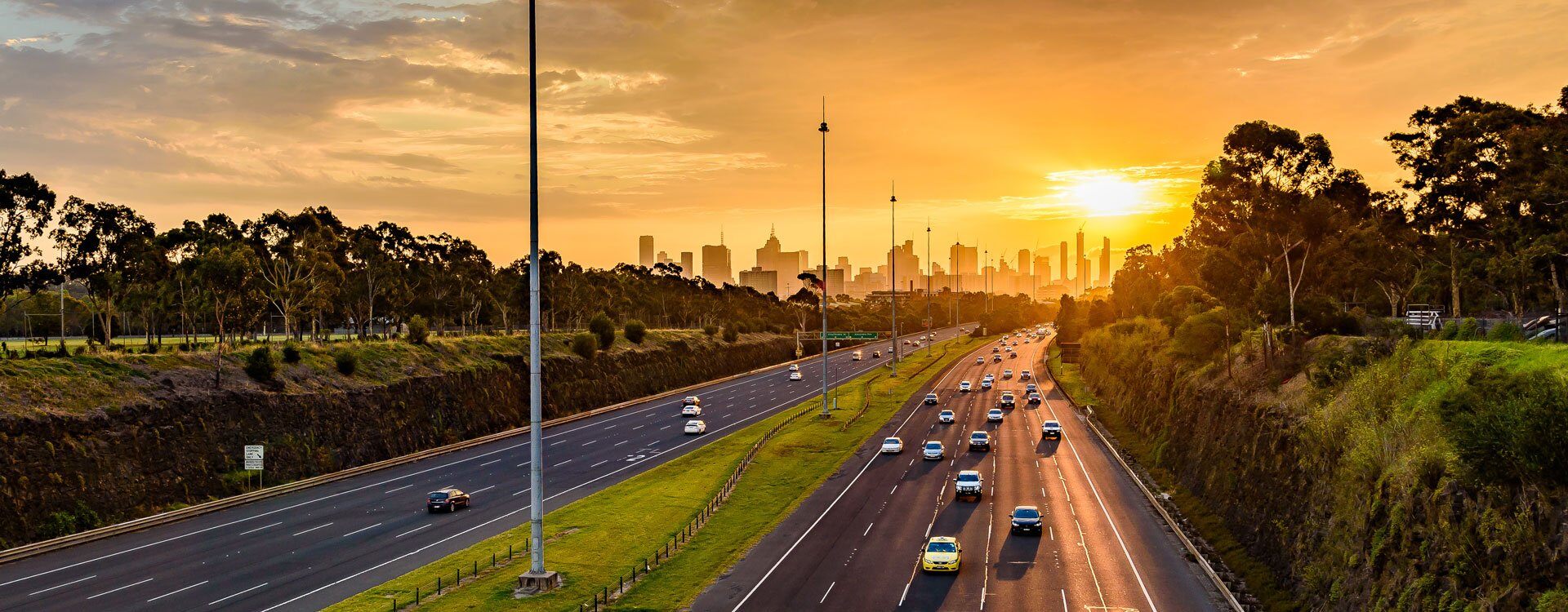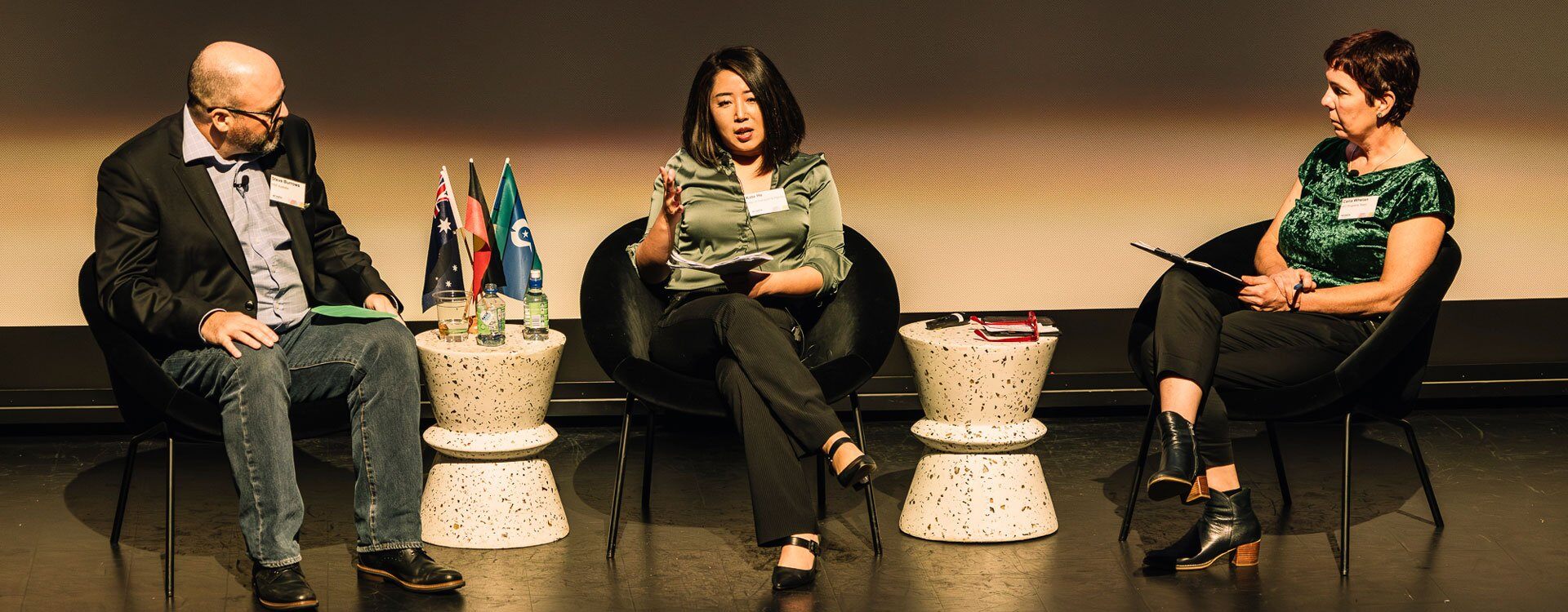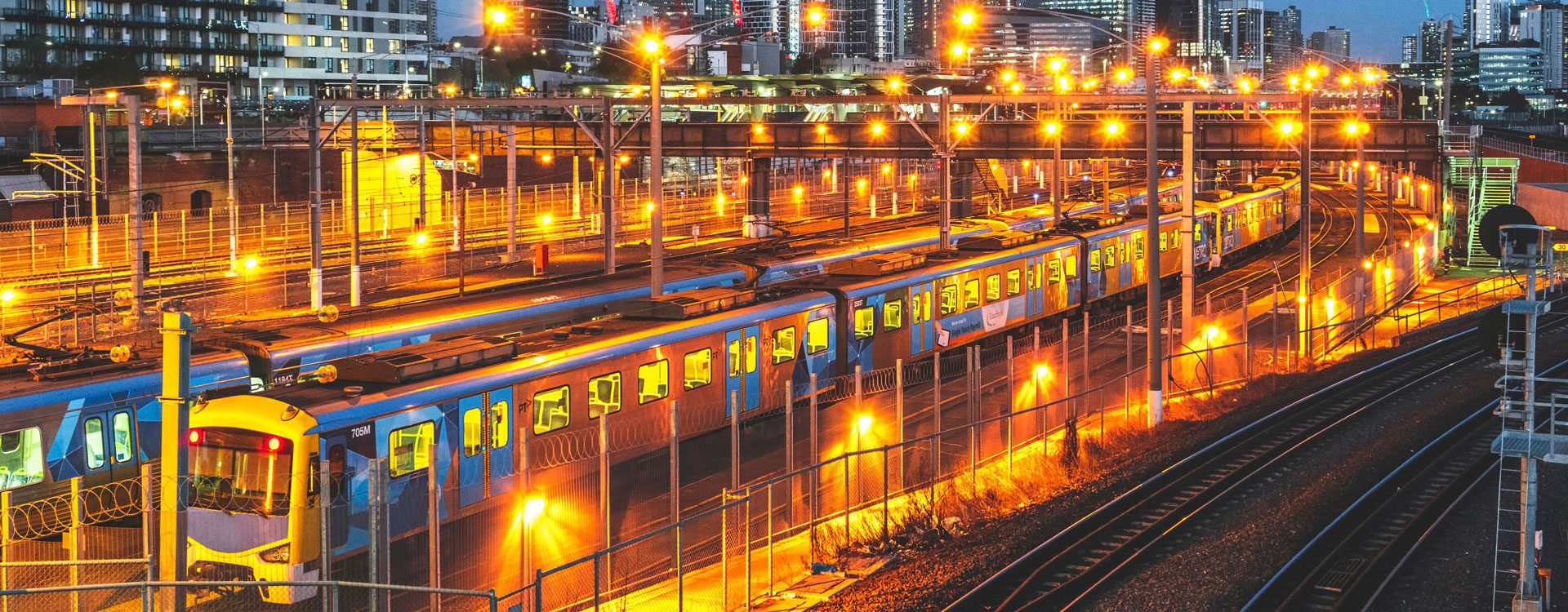We are locally dedicated with international scale.
Africa
-
South Africa
Middle East
-
Kuwait
-
Oman
-
Qatar
-
Saudi Arabia
-
United Arab Emirates
We are locally dedicated with international scale.
Africa
-
South Africa
Middle East
-
Kuwait
-
Oman
-
Qatar
-
Saudi Arabia
-
United Arab Emirates
.png)
Great metro rail projects are changing how we move
Transformative public transport systems that people want to use don’t happen by accident.
The imperative to reduce carbon emissions means it has never been more important to get the balance right and shape travel behaviours for a more sustainable society. How do we deliver these enormously complex projects successfully, and with reduced carbon emissions in a fiscally challenging environment?
With more than 73,300 multidisciplinary experts around the globe, WSP is uniquely positioned to help our clients meet these challenges. WSP has led the rail and transit sector since its first project: the design of the New York City subway system, in the 1880s. We have the proven local expertise and vision to continue delivering Future Ready rail projects, as our client’s trusted delivery partners.
We've done it before
WSP has supported this project for over 10 years through technical advisory, design and construction stages, incorporating innovative approaches to sustainable construction in the process.
The complexities of designing buildings to be constructed over a station required coordination with tunnel and station systems design teams, to enable integration of the below ground station interface.
Using Modern Methods of Construction, and an integrated digital approach, the team saved time and reduced the carbon footprint of the structures on the project, resulting in global accolades.
Having missed its original opening deadline, Crossrail diagnosed the critical need to fully integrate the railway and overcome the complexity challenge. WSP was then appointed to establish and lead a system integration (SI) capability; in early 2019, just two weeks after the request from Crossrail, WSP had mobilised a dedicated SI team ready to set about re-baselining the entire program.
This video features Pradeep Vasudev, WSP expert and Head of Systems Integration on the project.
Our Customer Connectivity tool allowed for rapid testing and designing railway alignments for optimal customer and community benefit. While another award-winning WSP tool hosted real-time information in a secure, categorised way.
WSP supported Infrastructure Victoria to advise the Victorian Government on how policies, guidelines and procedures can be updated to incorporate carbon emissions in infrastructure decision making.
WSP and our partners are delivering New Zealand's largest and most complex infrastructure project. Our role includes the integration of complex station building systems and rail systems to provide a safe and reliable service.
Major Projects Executive Aleshia Perry’s was head of engineering and design on City Rail Link in New Zealand, and is now based in Sydney and ready to bring her experience to Major Projects there. Her superpower is bringing people together and she’s literally connecting people to each other via new rail developments. Through her technical and people skills, she’s encouraging engineers and other specialists to connect with communities, stakeholders and each other.
Supporting communities and cities to thrive
We’re passionate about the future of the sector and creating safe, available transport networks that cater for a diverse and inclusive society" Says Doug Williamson, Regional Executive for Rail, Victoria.
WSP’s team is providing detailed design services for three major substations, or Bulk Power Supply Points - vital electrical infrastructure for building and operating Suburban Rail Loop East.
Moemedi led signalling design that paved the way for Sydney Metro's driverless train system. He also managed signalling design for level crossing removals in Victoria and the City Rail Link tunnel project.
"If we can refine our approach to designing and delivering sustainable transport and public spaces to better reflect the needs and experiences of women and girls, we can improve access to opportunities for more of the population.”
- Lucy Grieg, Team Executive, Social Strategy
Read the Cultivating Inclusive and Green Transport paper here

Governments, private organisations and communities are recognising that incorporating social value into our infrastructure and the built environment is better for people and business.
Recent WSP transit-oriented development projects demonstrate that uplift around stations is best accompanied by a series of supporting principles that capitalise on rebuilding to achieve policy objectives.
As our cities grow and diversify, the transport task changes. Rather than moving people around faster and further, we can focus on healthier cities with more transport choice.
